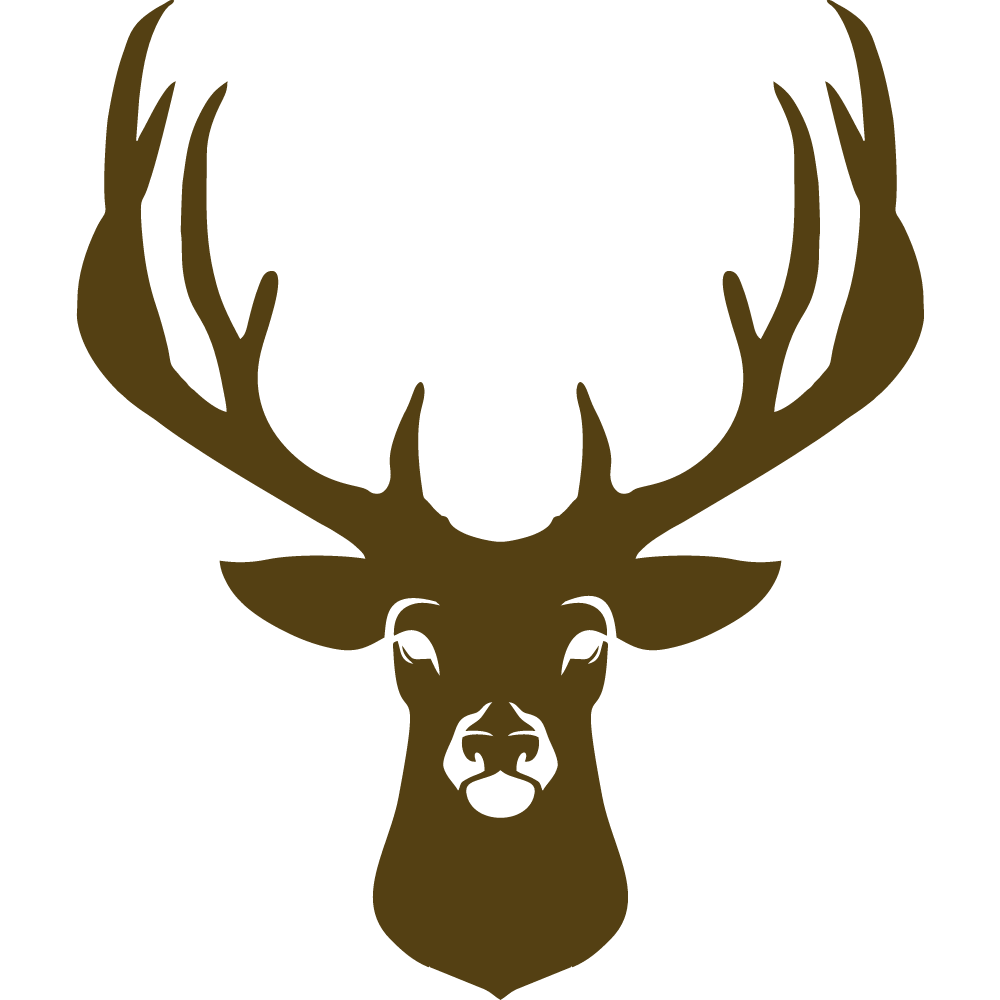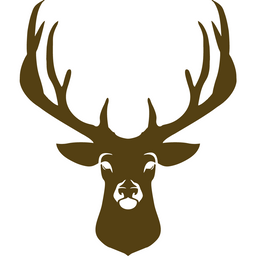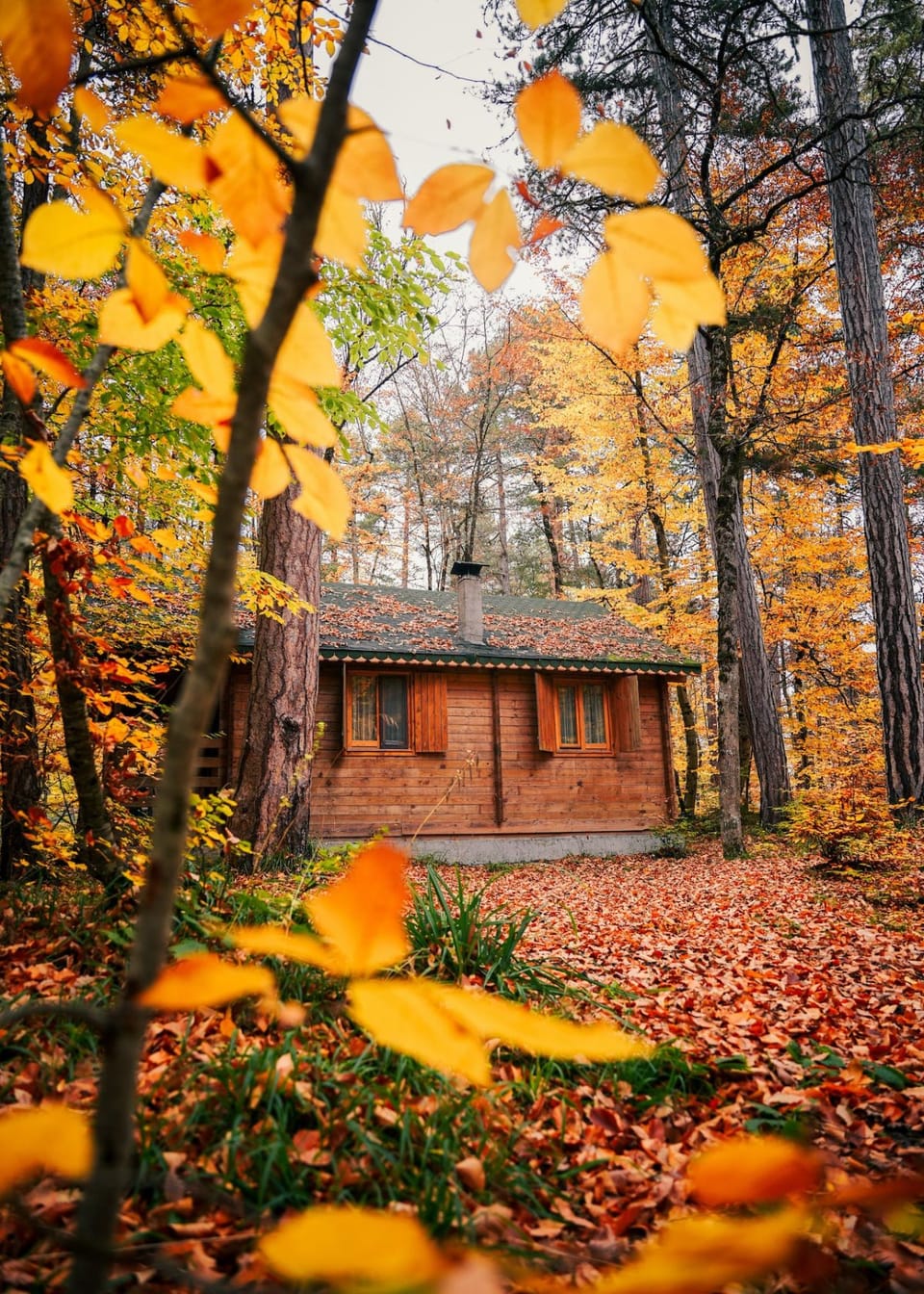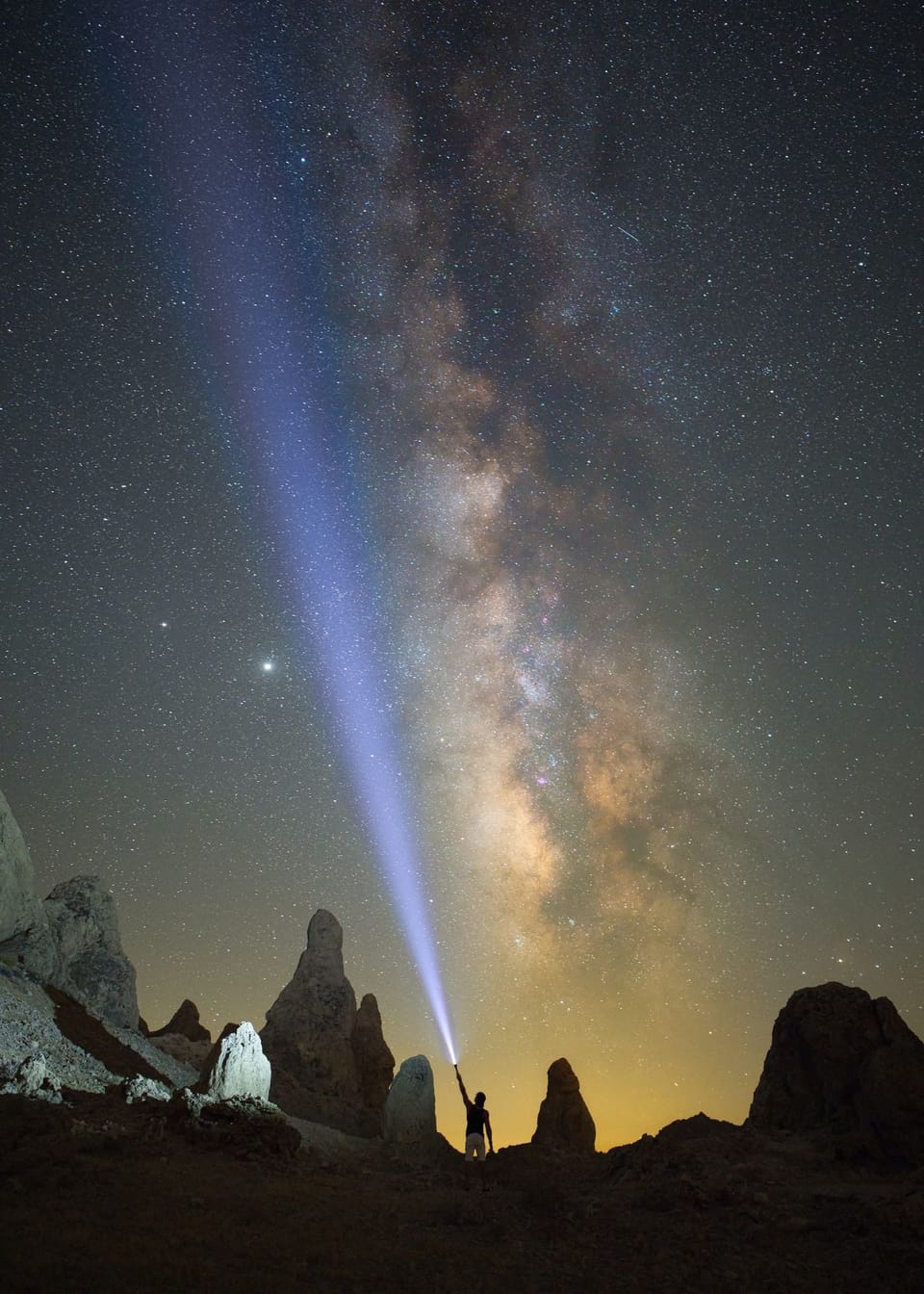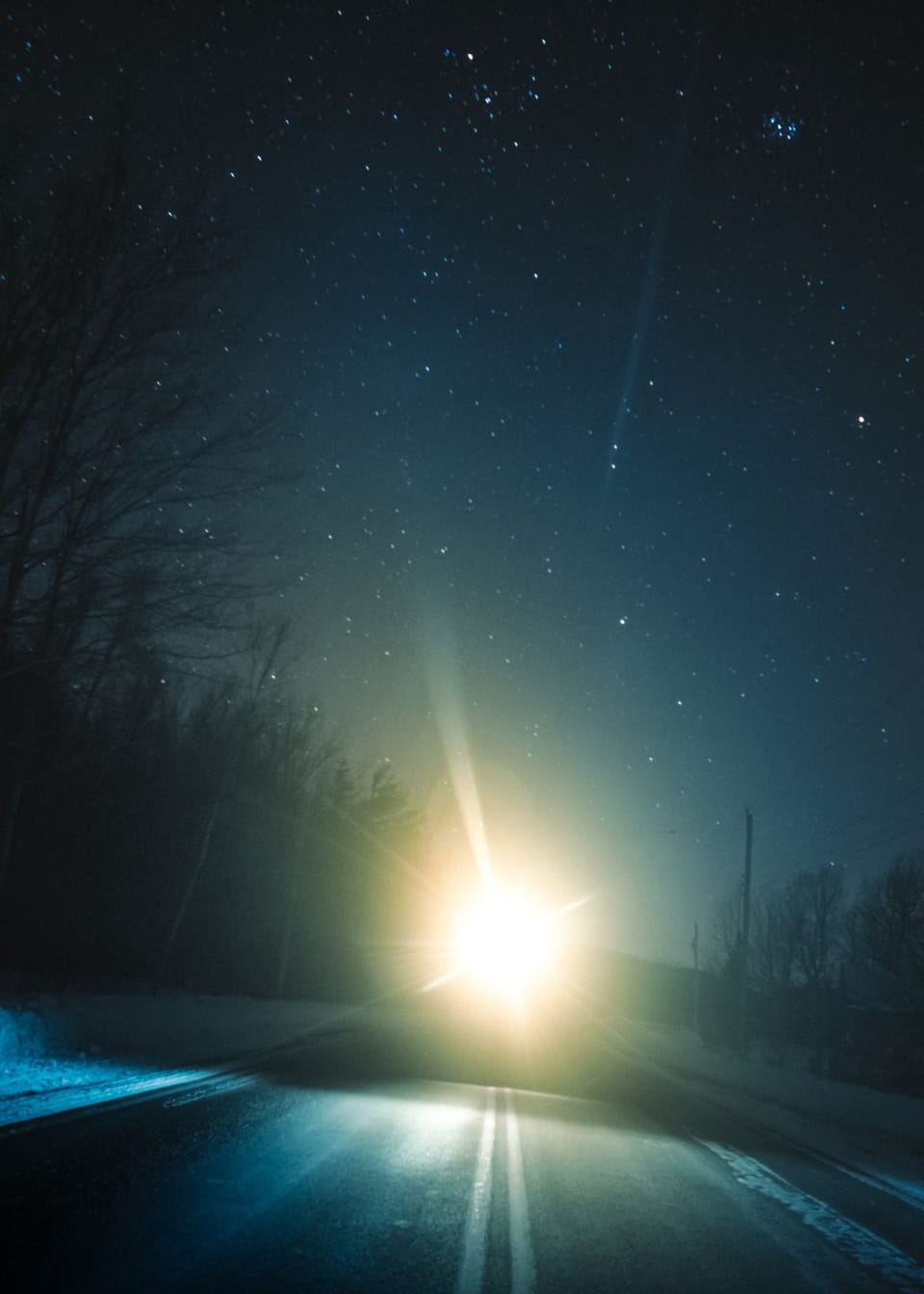Cull Me Maybe? Unraveling The Mystery Of What Culling In Photography Is!
Looking for a way to streamline your photography business? You need to start culling your photos like the pros do. Read our guide to get started.
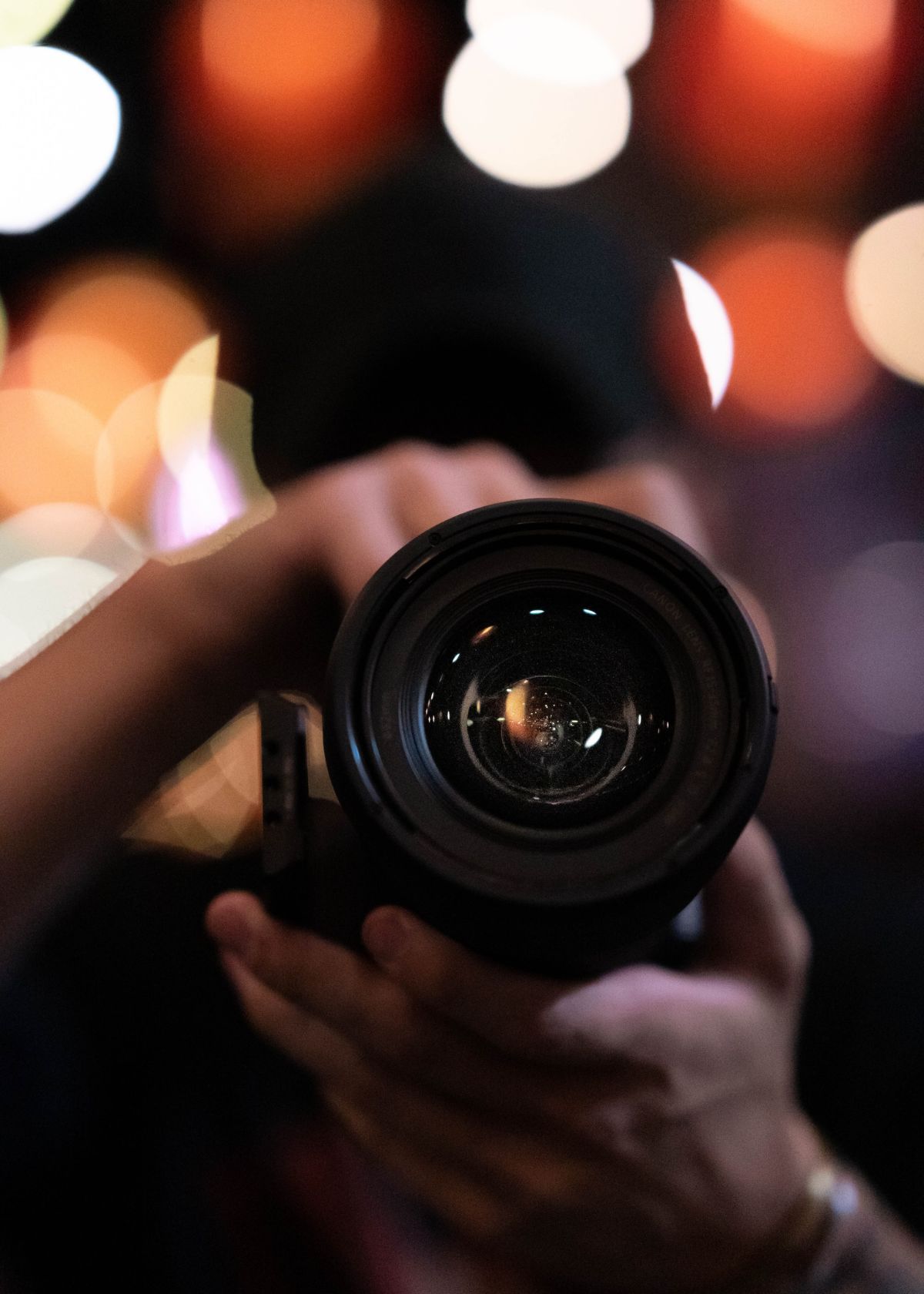
Have you ever heard of 'culling'?
As it turns out, this is a term used by photographers everywhere to quickly sort through hundreds of photos and pick the best ones. It’s not just about selecting your favorites anymore – culling helps keep your workflow pristine, efficient and organized!
The phrase "less is more" definitely applies here; after all, having too many choices can really slow you down. That’s why using an efficient approach like culling may come in handy when trying to make that final decision on which photo should stay or go!
Learn more about the art of photographic culling now with our guide! Start discovering how to select only the keepers for your collection today!

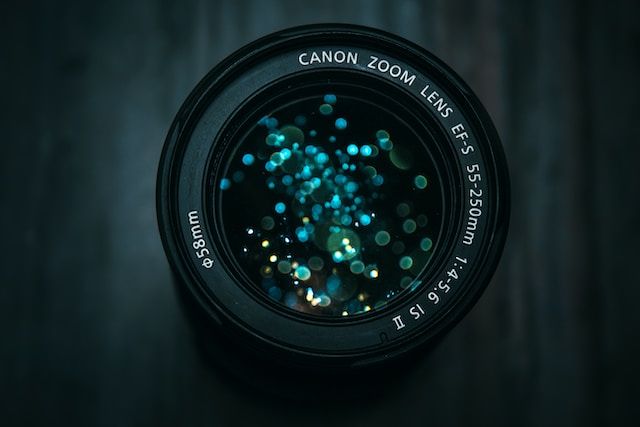
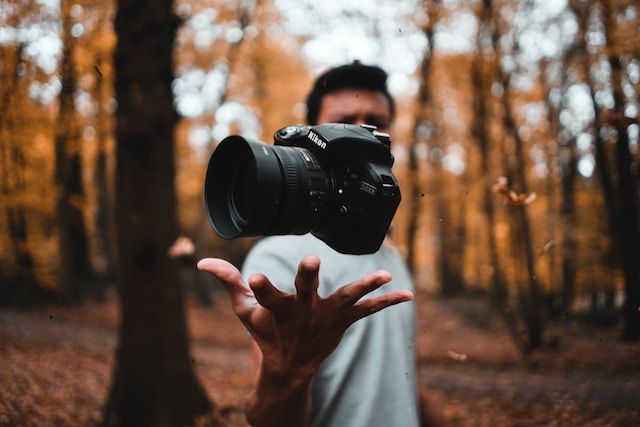
Culling: Explained
As photographers, ranging from amateurs to experts prepare to deliver exceptional photos to clients. The process of culling plays a larger than realized part in making that happen.
Some photographers might not feel as though culling is essential but in hindsight, selecting the best photo culling software is among the necessary requirements of faster workflow.
So what exactly is culling in photography? It is the process where photographers select the best images out of their photo session which will be edited and delivered to the client. No matter the type of photography, culling is used.
Why Is Culling Important
During wedding season, holiday season and graduation season a photographer will shoot thousands of photos. As you are ready to start editing and upload those images into a file, you experience the never-ending scrolling through photos.
Culling helps streamline your process by:
- Getting rid of poor images at the start of your workflow.
- Including the best images which help you optimize your editing time.
- Producing faster results for your clients.
- Culling more regularly can help streamline your process in the future
How To Cull Your Photographs
There are so many methods for culling – whether manual or automatic. What is most important is that the method you pick works best in your workflow.
Here are some things to keep in mind when culling your photographs:
- Evaluate the composition of each photo. Is the subject in the ideal position? Are there any distracting elements in the frame?
- Look at the technical aspects of each photo. Is the exposure correct? Is the focus sharp?
- Consider the emotional impact of each photo. Does it capture how the story and emotions that happened during the event or photo session?
- Don’t rush through the process of culling your photographs. Review each photograph carefully and take your time to decide which ones you want to keep.
- Be critical and honest with yourself when you are reviewing your photographs. If a photograph isn’t up to your standards, then don’t keep it.
Cull In
The idea behind Culling In is to add color, flags, or star ratings for any photos that you want to keep.
Cull Out
The idea behind Culling Out is to add color, flags, or star ratings for any photos that you want to be deleted or ignored. The simplest method for this is to use the reject flag.

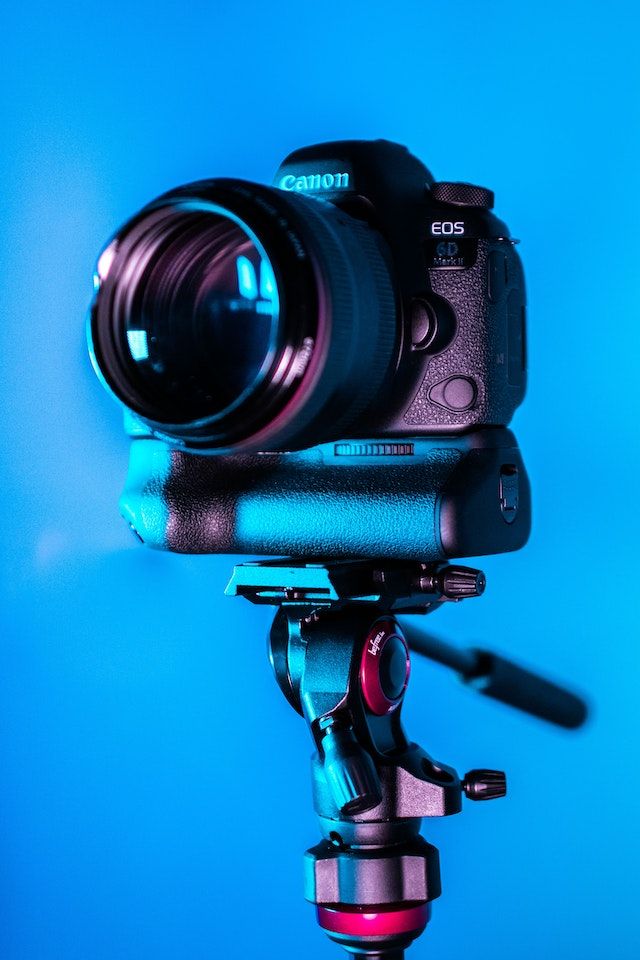
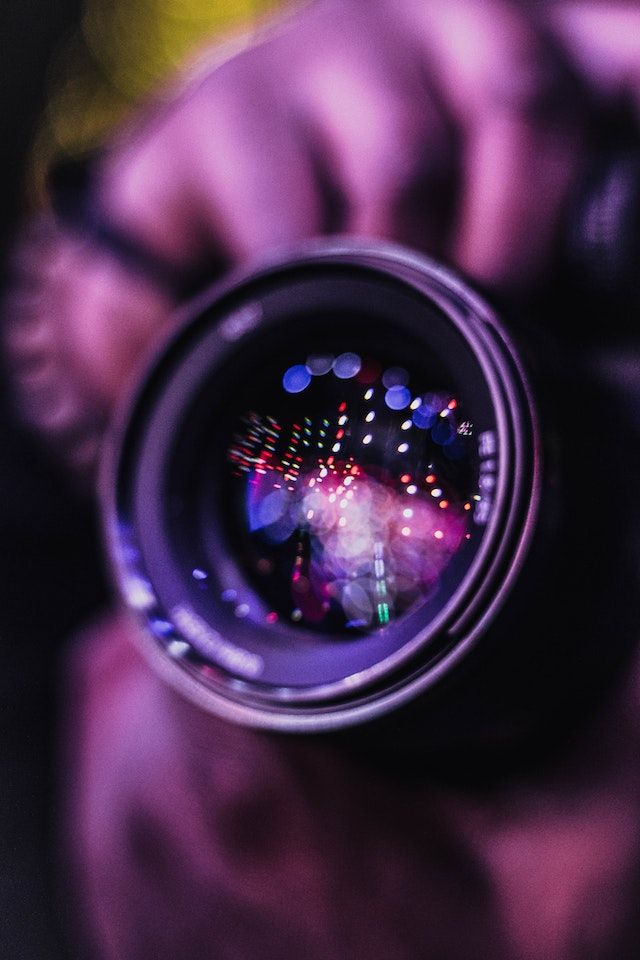
Culling In Photography FAQs
Culling photos can be a pain, especially if you're not sure how to do it correctly.
Culling your photos is one of the most important parts of photography, but it's also one of the most difficult. If you're not doing it correctly, you could be losing valuable time and memories.
We've compiled a list of the most frequently asked questions about culling in photography so that you can do it right the first time.
What tools can help with photo culling?
Photo culling tools can help streamline the process of sorting through large batches of photos.
Some of these tools include Adobe Lightroom, Apple Photos, and Google Photos which allow users to quickly sort through their photos by applying artificial intelligence-based algorithms to quickly identify and select similar or related images for sorting and isolating certain types of images.
Some specialized photo culling software such as Adobe Photoshop's Image Processor or a third-party application such as Photo Mechanic can be used to quickly batch process images from your library and apply metadata tags for easy organization later on.
How do I select the best images from a shoot?
The best way to select the best images from a shoot is to look at them critically, both in terms of composition and technical quality.
Firstly, assess how well the composition follows the basic design principles such as the rule of thirds, leading lines, and framing.
Secondly, review the technical aspects such as lighting, focus, and color balance. The best images should be well balanced between these two elements: good composition with high technical quality.
Lastly, consider how well each image conveys the desired message or emotion. The best images will be those that combine all of these elements in a way that resonates with viewers and conveys your intended message.
What is the difference between culling and editing photos?
The difference between culling and editing photos is that culling is the process of selecting and sorting through photos to determine which ones are best suited for a given project or task, while editing involves making changes to the photo itself to enhance it.
Culling involves removing photos that are too dark, blurry, overexposed, etc., whereas editing involves manipulating elements such as contrast, brightness, color balance, and saturation to make the overall image look more aesthetically pleasing.
Editing can be used to add artistic touches such as borders or special effects depending on the nature of the project.
How do I efficiently cull photos?
Efficiently culling photos requires a well-thought-out approach and careful attention to detail. To start, select the photos you want to keep based on their overall quality and composition.
Consider factors such as exposure, lighting, focus, background elements, framing, and composition when determining which images are worth keeping.
Go through the selection again and delete any duplicate shots or similar photos with only slight variations. Use photo management software or a cloud service such as Flickr or SmugMug to organize the remaining images into albums or folders for later use.
By following these steps, you can quickly and easily choose your best shots from a larger set of pictures.
What should I look for when culling photos?
When culling photos, it is important to look for shots that are technically sound and composed well. This means examining details such as sharpness, exposure levels, lighting and shadows, color balance, and composition.
It is also important to consider the emotion or message a photo conveys; you should look for images that capture a moment or emotion powerfully and uniquely. Other criteria to consider when culling photos include the overall aesthetic appeal of the image; does it fit the theme or mood of your portfolio?
You should check for technical imperfections such as lens flare, noise, graininess, dust spots on the lens/sensor, out-of-focus areas, and camera shake.
Finally, make sure to look at all angles and perspectives – sometimes shots from slightly different angles can tell a completely different story.
Culling photos is an important part of the photo editing process, and it can make all the difference between a portfolio of mediocre images and one of stunning works of art.
By taking the time to invest in proper culling techniques, photographers can create higher quality work that will stand out from the crowd.
We've done the research so you don't have to! To browse our Top Picks for Best Tripod Case please click the link below!
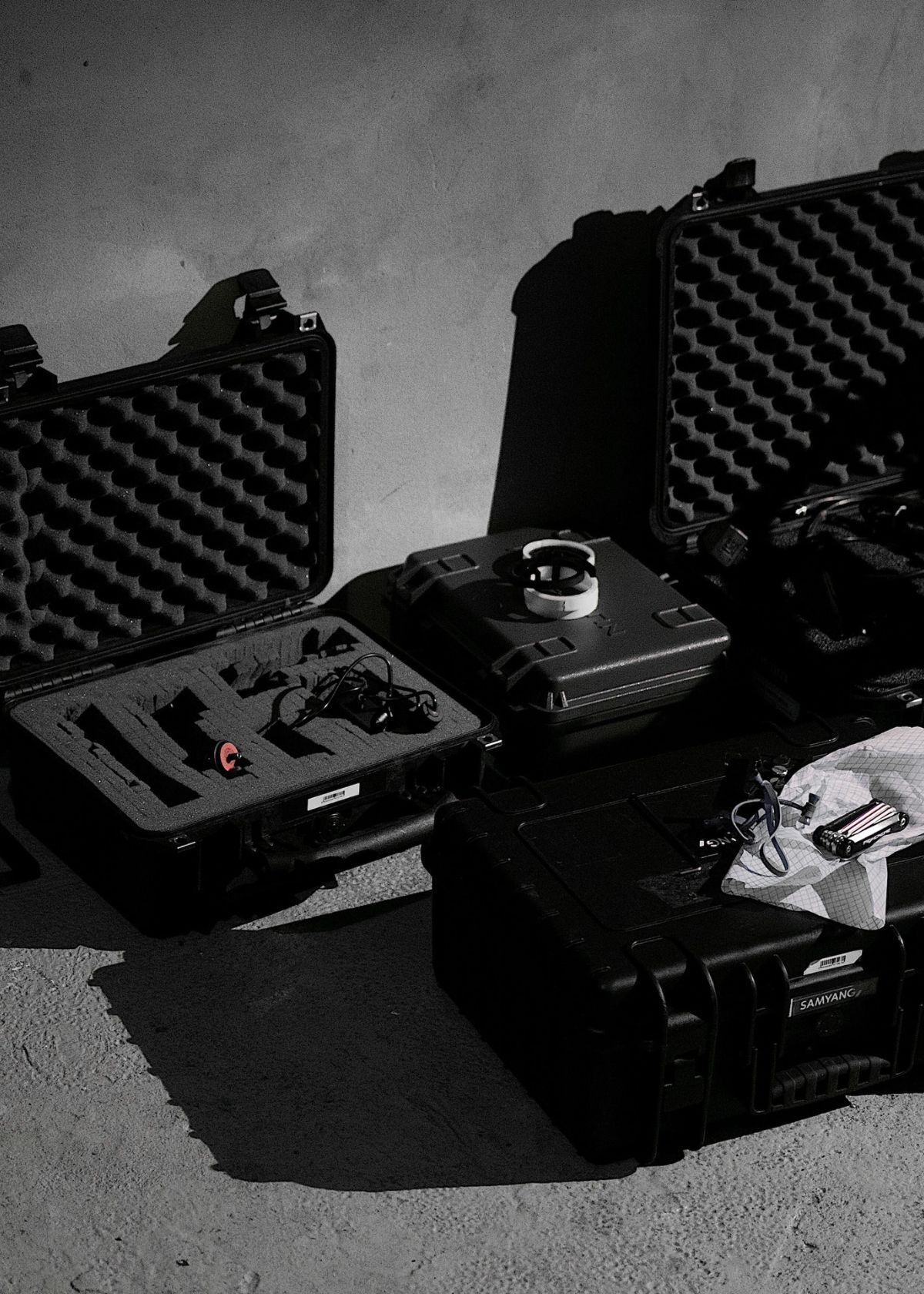
Your Friends,
LoveNatureReviews Team
